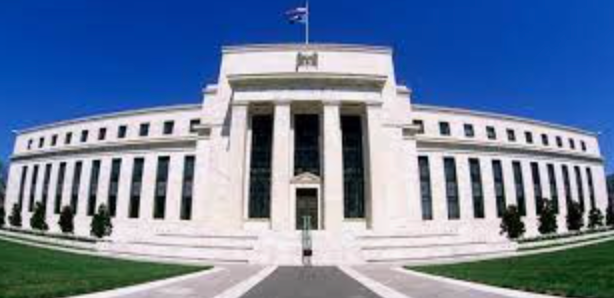Bank Failures Push Fed to Proceed with Caution

The U.S. Federal Reserve raised its benchmark interest rate by 25 basis points (bps) this week, despite turmoil in the banking sector, as it remains focused on bringing down inflation.
In recent weeks, Fed Chair Jerome Powell opened the door to a potential return to jumbo-sized rate hikes, however after the collapse of Silicon Valley Bank (SVB) and Signature Bank, the Fed chose to proceed with a more modest increase. The 25 bps increase brings the federal funds rate to a range of 4.75% to 5% – a level markets expect could be close to the peak in this cycle."
Since our previous Federal Open Market Committee meeting, economic indicators have generally come in stronger than expected, demonstrating greater momentum in economic activity and inflation," Powell said. "We believe, however, that events in the banking system over the past two weeks are likely to result in tighter credit conditions for households and businesses, which would in turn affect economic outcomes.
"Inflation remains elevated, with the Consumer Price Index (CPI) rising 6% in February and core services ex-housing inflation (which Powell has cited as the “most important” measure of inflation) up 5% year over year. The U.S. labor market has also shown resilience, with unemployment hovering near multi-decade lows and more than 300,000 new jobs added in February.
The latest Summary of Economic Projections suggests that Fed governors expect only one more rate hike this year. But Powell reiterated the rate cuts were not in the Fed’s “base case.”
“If we need to raise rates higher, we will,” he said. “I think for now, though, we see the likelihood of credit tightening. We know that can have an effect on the macroeconomy, on demand, on the labor market, on inflation.
”Markets ended mixed on the day after the announcement, with the S&P 500 Index down 1.65% and the yields on 2- and 5-year Treasury notes falling around 20 bps. (Bond prices move inversely to yields.)
Here are the latest views from Tim Ng, a fixed income portfolio manager and member of Capital Group’s U.S. rates team.
- The Fed will likely maintain a hiking bias until the economic outlook deteriorates further, but the scope to aggressively tighten policy has narrowed with the recent developments in the banking sector. Prior to the collapse of SVB, Powell hinted at redeploying larger rate hikes given the persistence of inflation.
- My expectation now is that the Fed will proceed more cautiously with rate increases, with a reasonable probability the hiking cycle will end later this year.
- The fallout from the recent banking crisis will likely be negative for credit growth in the coming quarters as the sector undergoes more regulatory scrutiny, competes more aggressively for deposits and tightens lending standards. In turn, this will likely lead to lower demand and slower economic growth, which should help with the Fed’s goal of lowering inflation.
- We still favor a yield curve steepener (a position designed to profit when the difference between yields on long- and short-term bonds increases) based on the expectation that the Fed will eventually ease monetary policy as economic growth slows and inflation comes down.
- We have generally preferred yield curve steepeners over outright duration positions, as we see greater return potential in yield curve positioning given how inverted the Treasury curve is by historical standards. We have been somewhat cautious on credit in most core bond and core plus bond portfolios. Given the potential spillover effect from regional bank issues, we have seen some pressure on credit spreads, and this could continue as a recession becomes imminent.
Timothy Ng is a fixed income portfolio manager with 17 years of industry experience (as of 12/31/22). As a fixed income investment analyst, he covers U.S. Treasuries, TIPS and interest rate swaps. He holds a bachelor's degree with honors in computer science from the University of Waterloo, Ontario.


